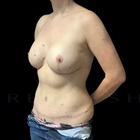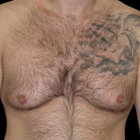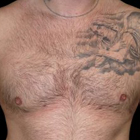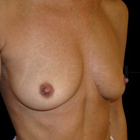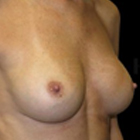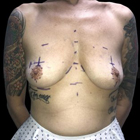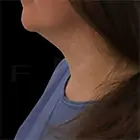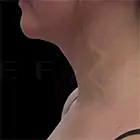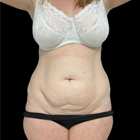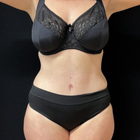The name sounds a bit ominous (and its alternative, the ‘laser peel’, is only slightly less so), but laser skin resurfacing is a safe, painless and highly effective treatment that can take far more in years from your face than the fractions of millimetres of skin it removes.
Simply put, laser skin resurfacing is the precise removal of damaged skin on the face with a laser light beam. It’s a very successful treatment for imperfections such as fine lines around the eyes or mouth, acne scars, blotches, chicken pox scars and sun-damaged skin.
How laser skin resurfacing works
The laser light beam used in the procedure is extremely thin and precise: a full tenth of the diameter of a hair follicle. When applied to the area of treatment, it penetrates to the deeper levels of the skin, in order to stimulate the production of younger, smoother skin. Unlike other treatments of its kind, laser skin resurfacing excels in its lack of side-effects, such as discomfort, bleeding and bruising.
How long does the treatment take?
In most cases, the client will be required to arrive an hour before the procedure time, in order to be receive an application of a topical numbing cream and give it enough time to work. The estimated length of one session of treatment runs between 45 minutes and an hour, and the number of treatments depends on the condition of the skin: sun damage and brown spots usually take four treatments, and acne scarring removal takes an average of five treatments – which are spaced in intervals between three and six weeks apart.
What happens after treatment?
Healing from laser skin resurfacing takes up to a week – or at least, you won’t be able to use make-up for that amount of time. You may feel a slight prickly heat sensation at the end of each procedure, but this soon passes.
For more information on laser skin resurfacing – and to get in touch with a professional practitioner – please contact us or consult our laser skin resurfacing page.





